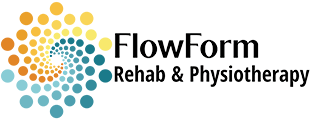My Blog
Welcome to my blog. In these articles, I share my exploration of the science I find most exciting in my field, and my own experiences working with patients and what it means to be a holistic health practitioner. Whether you are a health professional, a therapist or healer or instructor who is interested in helping people heal, or whether you are here to learn more about yourself or your loved ones, you are welcome here. Have fun browsing!

The fascinating world of fascia
Fascia is the body-wide internal network of connecting membranes that forms an architectural framework for all other structures within our bodies. This network is also fluid, elastic, and, most interestingly, alive.Fascia has long been the frustration of anatomists dissecting human bodies for medical study. It wraps and packs everything so
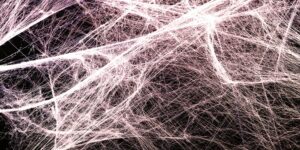
Fascia: Revolutionizing our understanding of human health
The fascial system is one of the most interesting systems in the human body. For a long time, it has been considered as important only in relation to its functions in movement, but recent research is revealing more about how it plays a much wider role for healing throughout all

When science meets intuition: Our body’s own intelligence
When I qualified as a physiotherapist in 2011, my mind was alive with scientific knowledge, ready to change the world. I reveled in the details of the science, the nitty gritty of why exactly a treatment technique worked the way it did. It was extremely exciting at first, but the
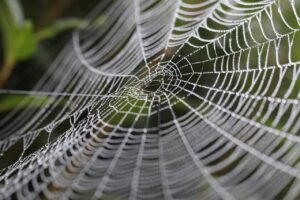
We are the spiders of our own web
I love Bali. I’ve travelled to Bali several times, and one of the most amazing trips was when I got stuck in Bali for two months during the first COVID lockdown. A few days after I arrived, the airports closed, and I ended up being stuck in a beautiful hotel

The power of power: How to really help people get better
In a world where the endless egoic search for power and domination has caused us so much pain, it is understandable we would villainize the concept of power. Most people, especially those who have had their power taken away, or given it away willingly in search of love and acceptance,

Movement for Healing: How do we choose?
There are so many wonderful movement practices accessible to us these days, and many people have found great healing through them. This huge amount of choice brings one important question though: How do we choose what is best for us? In my experience of learning and teaching many different styles

The dwindling art of human touch
Human touch is a very instinctual form of communication that transcends words. Intuitively, it conveys so much more than words can. It can help another feel comforted, heard, understood and loved all at once, and most often, that is exactly what a person needs. Beyond cultural and language barriers, human

Using touch to heal: Valuable or obsolete?
I have always intuitively understood that human touch is healing on many levels, and the complexities of how this happens are continuously being revealed to me as I use it in my practice. While in my country, physiotherapists are still expected to use manual therapies as a large part of
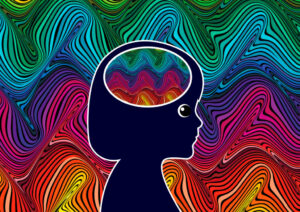
Neurodiversity 1 of 7: Colourful people pretending to be normal
Neurodiversity was first described by the sociologist Judy Singer, neurodivergent herself, in her book “NeuroDiversity – the birth of an idea”, published in 2016 [1]. Although she was the first to coin the term “neurodiversity”, a recent article discusses how the concept has been collectively developed by neurodivergent people [2].

Neurodiversity 2 of 7: My story
I have worked as a physiotherapist for the last 13 years and I’ve always been captivated by the more complex interactions between the mind and the body. I have always found myself asking “but why?”, digging deeper and deeper into the origins of physical pain and disease. It is because
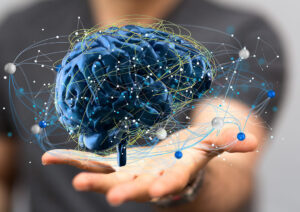
Neurodiversity 3 of 7: Neurotypes & natural differences
Neurodiversity can be defined as the natural diversity or variation of cognitive function in all people. Just like all humans have different types of eye colour or hair colour, our brains have different ways of functioning. This creates unique presentations of brains that have unique skills, abilities and needs. A

Neurodiversity 4 of 7: Our sensory systems
To start understanding how neurodivergent brains work, we have to understand how our sensory systems work. All neurodivergents have highly sensitive nervous systems. We’ll get into what exactly that means in a moment, but these kinds of nervous systems have a much greater risk for physical and mental health challenges,

Neurodiversity 5 of 7: Sensory struggles in neurodivergents
All neurodivergents are highly sensitive. Many of the struggles that neurodivergents face daily are because of these sensory issues. Any parent of an autistic child will know that something simple like a scratchy label in the kid’s jersey can cause so much frustration they are completely unable to focus on
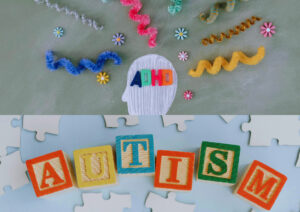
Neurodiversity 6 of 7: Autism & ADHD
These two types of neurodiversity are among the most common. They are sometimes confused, and up until recently it was believed that they could not occur together – that the diagnosing specialist had to choose to place a person in either the one category or the other. We have since
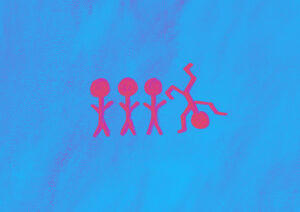
Neurodiversity 7 of 7: Myths & misconceptions about neurodivergents
Because research about neurodiversity has traditionally been done by neurotypical scientists, without asking the actual neurodivergents how they are feeling (as is the case for most things that are classified as “mental health disorders”), there are so many misconceptions in the public opinion of these concepts. Thankfully, more adult neurodivergents
